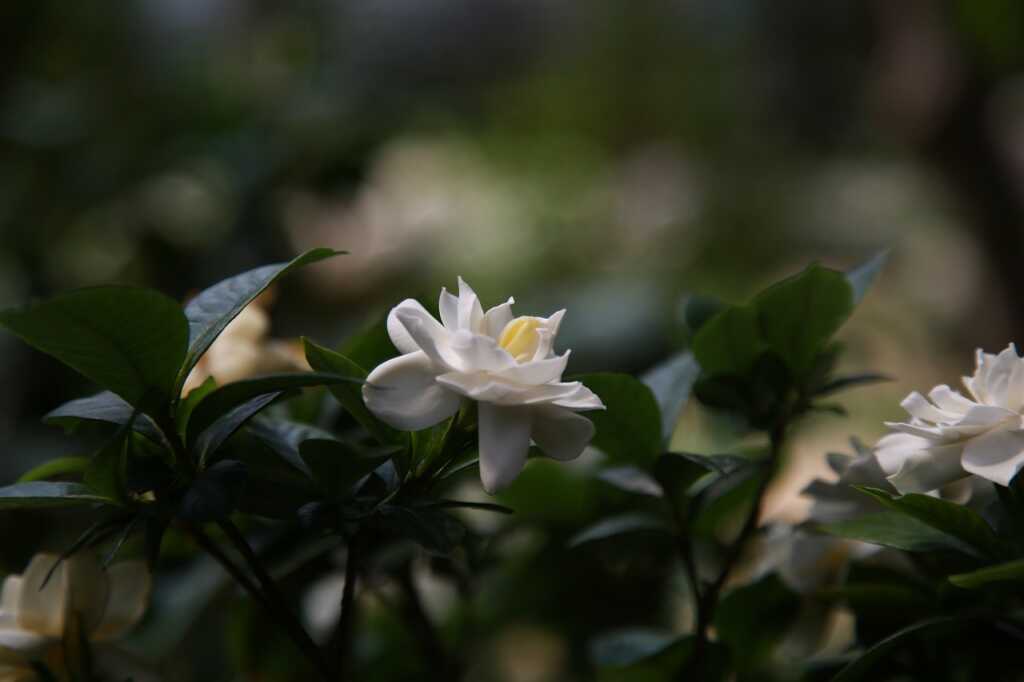
Encouraging flowering plants and trees to bloom is a rewarding pursuit for any gardener. The vibrant blooms not only add aesthetic value to gardens and landscapes but also play a crucial role in the life cycle of plants. Understanding the flowering function and the factors that influence blooming can help you create an environment that promotes healthy and abundant flowers.
The Flowering Function of Plants
Flowers are the reproductive structures of angiosperms (flowering plants). The primary function of flowers is to facilitate reproduction through the production of seeds. The process begins with pollination, where pollen from the male part of the flower (anther) is transferred to the female part (stigma). This can occur via wind, water, or pollinators like bees, birds, and bats. Once pollination occurs, fertilization follows, leading to the formation of seeds that will eventually give rise to new plants.
Flowering is regulated by a complex interplay of genetic, hormonal, and environmental factors. Plants have evolved to bloom at specific times to maximize the chances of successful pollination and seed development. By understanding and manipulating these factors, gardeners can encourage plants to bloom more profusely.
Factors Influencing Flowering
Light
Photoperiodism: Many plants are sensitive to the length of day and night, a phenomenon known as photoperiodism. Short-day plants, like chrysanthemums and poinsettias, flower when days are short. Long-day plants, such as spinach and lettuce, require longer daylight hours to bloom. Day-neutral plants, like tomatoes and petunias, are not affected by day length.
Light Intensity: Adequate light intensity is crucial for photosynthesis, which provides the energy necessary for growth and flowering. Ensure your plants receive the right amount of light based on their specific needs.
Temperature
Temperature plays a significant role in flowering. Some plants need a period of cold temperatures (vernalization) to trigger blooming. Tulips and daffodils, for example, require a cold winter to bloom in spring. Conversely, tropical plants may need consistently warm temperatures to flower.
Temperature fluctuations can also affect flowering. Maintaining stable temperatures within the optimal range for your plants can promote healthy blooms.
Watering
Proper watering is essential for plant health and flowering. Overwatering can lead to root rot, while underwatering can stress plants and inhibit blooming. Different plants have varying water requirements, so it’s important to understand the needs of each species.
Nutrients
Plants need a balanced supply of nutrients to thrive. Phosphorus is particularly important for flowering as it promotes the development of buds and blooms. A fertilizer with a higher phosphorus content (indicated by the middle number in the N-P-K ratio) can encourage flowering. However, too much nitrogen can lead to excessive foliage growth at the expense of flowers.
Pruning and Deadheading
Pruning helps shape plants and can encourage new growth and flowering. Removing spent flowers (deadheading) prevents plants from expending energy on seed production and can stimulate further blooming.
Soil Quality
Healthy, well-draining soil provides the foundation for robust plant growth. Amending soil with organic matter, such as compost, improves its structure and fertility, promoting better root development and flowering.
Pest and Disease Control
Healthy plants are more likely to flower abundantly. Regularly inspect your plants for signs of pests and diseases, and take appropriate measures to control them.
Flowering Trees and Shrubs
Trees and shrubs add structure and long-lasting beauty to landscapes. Encouraging them to bloom requires patience and proper care.
- Magnolias: Magnolias thrive in well-draining, slightly acidic soil. They prefer full sun to partial shade. Mulching helps retain moisture and regulate soil temperature. Prune magnolias after blooming to maintain their shape and encourage future blooms.
- Lilacs: Lilacs need full sun and well-draining soil. Prune immediately after flowering to remove spent blooms and shape the plant. Fertilize in early spring with a balanced fertilizer.
- Azaleas and Rhododendrons: These flowering shrubs prefer acidic, well-draining soil and partial shade. Mulching helps retain moisture and suppress weeds. Prune after flowering to shape the plants and encourage future blooms.
Encouraging flowering plants and trees to bloom involves understanding the intricate balance of factors that influence their growth and reproduction. By providing the right conditions, including light, temperature, water, nutrients, and care, gardeners can create an environment where plants thrive and produce abundant blooms. Whether you’re nurturing annuals, perennials, or flowering trees and shrubs, the effort invested in promoting healthy flowering is rewarded with a stunning display of nature’s beauty. Remember, each plant species has unique requirements, so tailor your care practices to meet the specific needs of your plants. With patience and attention to detail, your garden will flourish with vibrant, blooming plants.


